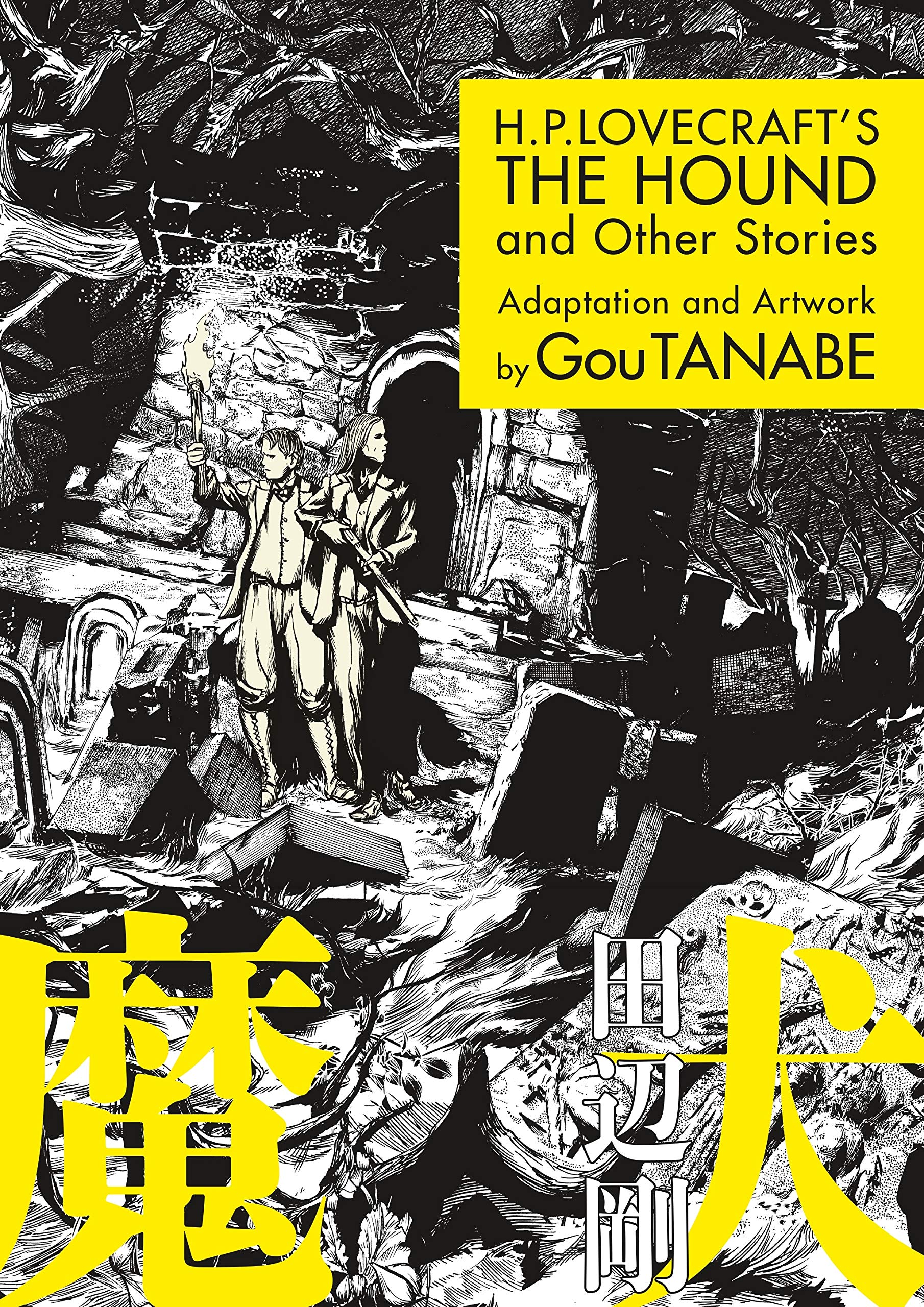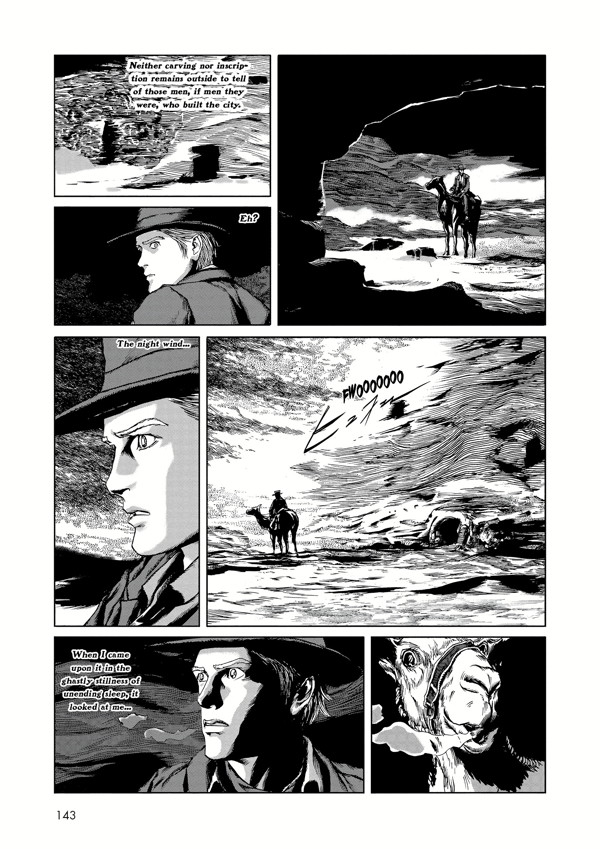Hosta
[ iPhone 11 Pro, hortus meus, 2021/06/15 & 07/09 ]
Les Hostas (aussi appelés “plantain lilies” en anglais et gibōshi [擬宝珠 / ギボウシ] en japonais) sont un genre de plantes vivaces herbacées qui appartiennent à la division des Magnoliophyta (ou Angiospermae, i.e. les plante à fleurs), à la classe des Liliopsida (ou Monocotyledonae, i.e. dont la plantule n’a qu’une seule feuille), à l’ordre des Liliales (qui se reproduisent par rhizomes ou bulbes; ou Asparagales dans la classification APG III), et à la famille des Liliaceae (qui consiste en une quinzaine de genre répartis en plus de six cent espèces dont le lys, le muguet, la jacinthe, la tulipe et le narcisse; ou Asparagaceae dans l’APG III, ou l’on retrouve plus d’une centaine de genres et près de trois mille espèces dont l’asperge).
Elles poussent jusqu’à quatre-vingt centimètres de hauteur et leurs feuillages ovales ou lancéolés, plus ou moins gros et panachées selon les variétés, peut s’étendre d’une largeur de vingt centimètres à un mètre. Les fleurs, généralement inodores, poussent sur des tiges dressées ligneuses, plus hautes que le feuillage, et forment des grappes pendantes de clochettes mauves, lavandes ou blanches, de deux à cinq centimètres de long — chaque fleur est constitué de six tépales. Le nom fait référence au botaniste autrichien Nicolaus Thomas Host.
Les hostas sont avant tout des plantes ornementales mais toutes les espèces sont comestibles et même considérées comme légumes dans certaines régions d’Asie. Toutefois, si ingéré en grande quantité, elles peuvent être toxiques pour les animaux domestiques et les chevaux. Il existe une grande variété d’espèces et de cultivars chez les hostas (plus de trois mille référencées!) qui est apparente surtout dans la forme et la coloration du feuillage, qui est particulièrement apprécié si celui-ci comporte une variégation crème, dorée ou vert pâle. C’est une plante très populaire. J’en ai moi-même quatre espèces différentes dans mon jardin. (Sources: Wikipedia et divers sites horticoles)
[ Translate ]





